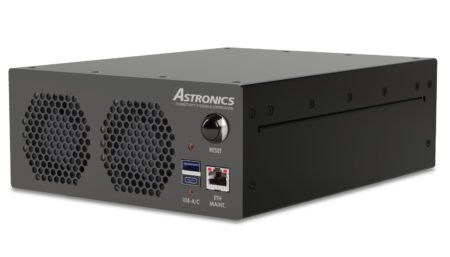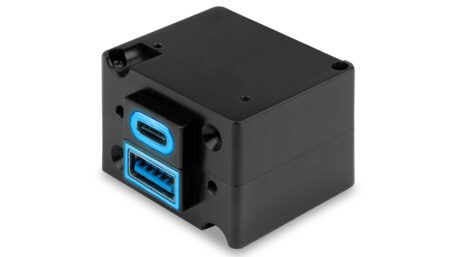Viasat has unveiled business aviation inflight broadband service options that harmonise its Viasat Ka-band solution with the Jet ConneX solution from its recently acquired Inmarsat business.
An expanded range of service options will be available to business aviation customers using Viasat’s existing GAT-5510 terminal, as well as three upcoming next-generation Jet ConneX terminals – Satcom Direct’s Plane Simple Ka-band, Orbit’s AirTRx30, and Honeywell’s JetWave X. These will be available in early 2024 for aircraft equipped with the GAT-5510 and upon entry into service for aircraft with any next-generation Jet ConneX terminal.
Viasat said the expanded service options have been developed using extensive feedback from customers and partners to deliver even greater flexibility, while ensuring the factors they appreciate the most, such as a consistent broadband experience for passengers wherever and whenever they fly, are still maintained.
With fewer line-replaceable units (LRUs), the next-generation terminals are designed to suit various types of business jets, including large-cabin and smaller aircraft, making them suitable for aircraft operating globally or within just one region. The systems are all designed for installation outside of the pressure vessel, saving baggage space.
Viasat has also announced an incentive for business aviation customers that use its SwiftBroadband (SBB) and SwiftJet L-band inflight connectivity (acquired as part of the recent Inmarsat acquisition) and upgrade to any Viasat Ka-band solution.
“We’re excited about the positive impact that Viasat’s acquisition of Inmarsat will deliver to our business aviation customers,” said Kai Tang, head of business aviation, Viasat. “The harmonisation of our Ka-band services is a prime example of what can be achieved by bringing the best of both companies together. It reflects the enhanced service options and innovations that we’re bringing to the market, based on direct feedback from customers and partners, to ensure that Viasat continues to exceed passenger expectations around fast, reliable and consistent inflight connectivity for many years to come.”





